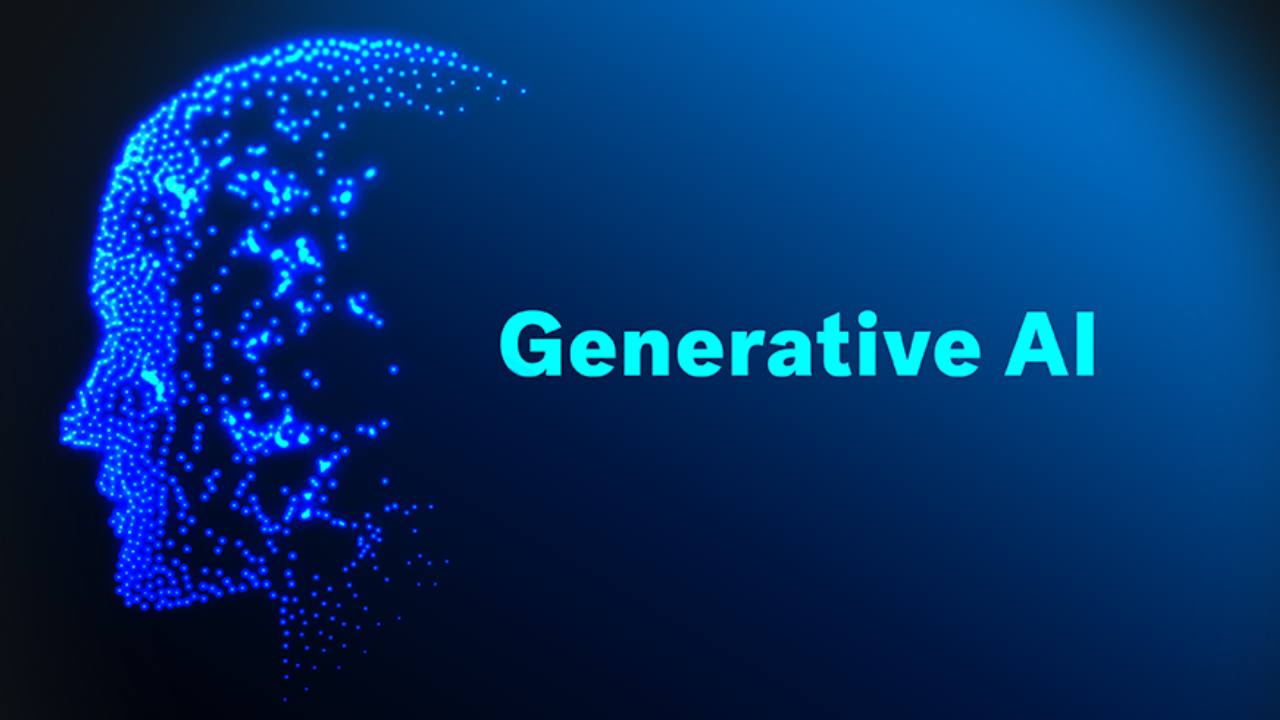
Generative AI is changing the landscape of content creation. This program delves into this revolutionary technology, helping you understand its diverse applications across industries like marketing, visual arts, and even scientific research. Explore cutting-edge tools like ChatGPT and large language models, empowering you to generate engaging and original text content with ease. Take your creativity to the next level by learning how to generate and edit stunning images using popular platforms like DreamStudio and
Stable Diffusion. Additionally, discover how Generative AI is pushing the boundaries of video creation with platforms like Sora, expanding possibilities in storytelling and visual effects. This program equips you to leverage the power of Generative AI to unleash your creative potential and unlock an exciting future of content creation.
Module 4: Artificial Intelligence (AI)
- Introduction to Artificial Intelligence
○ What is Artificial Intelligence?
○ Intelligent Agents: Capabilities and Types
○ Advantages and Disadvantages of AI
○ Challenges in Developing and Implementing AI - Problem Solving with AI
○ Search Algorithms:
■ Uninformed Search (Breadth-First Search, Depth-First Search)
■ Informed Search (A* Search)
■ Adversarial Search (Minimax Algorithm)
○ Constraint Satisfaction Problems (CSPs) - Knowledge Representation and Planning
○ Knowledge Representation: Techniques and Importance
■ Propositional Logic
■ First-Order Logic
■ Rule-Based Systems - Probabilistic Reasoning
○ Basic Probability Concepts
○ Markov Chains and Hidden Markov Models
○ Association Rules
○ Dimensionality Reduction Techniques
○ Feature Selection and Feature Extraction - Machine Learning: The Core of AI
○ What is Machine Learning?
○ Types of Learning (Supervised, Unsupervised, Reinforcement Learning)
○ Clustering Algorithms for Grouping Data
○ Classification Algorithms for Prediction
■ Decision Trees
■ Regression Analysis
■ Support Vector Machines
○ Reinforcement Learning: Learning through Trial and Error - Communication and Perception in AI
○ Natural Language Processing (NLP) for Understanding and Generating
Human Language
○ Perception: Enabling AI systems to interpret and interact with the
environment - Neural Networks: Powerful Learning Models
○ What is a Neural Network?
○ Types of Neural Networks (Feedforward, Convolutional, Recurrent)
○ Key Components of Neural Networks - Generative AI: Creating New Data
○ Introduction to Generative AI: Applications and Advantages
○ Generative AI vs. Non-Generative AI
○ Generative AI for Text
■ Working with Text Data
■ Introduction to Generative AI for Text Generation
■ Exploring ChatGPT: Capabilities and Applications
■ Using Google Gemini for Text Generation
○ Generative AI for Images
■ Introduction to AI-powered Image Generation
■ Exploring Stability.ai: A Platform for Diffusion AI Models
■ Understanding DreamStudio Platform for Image Generation
■ Techniques for Generating and Editing Images with Stable
Diffusion
■ Prompt Engineering: Guiding Image Generation with Text Prompts
○ Generative AI for Video
■ Introduction to AI for Video Generation
■ Exploring Sora: A Platform for Generative Video
■ Prompt Engineering for Video Generation
